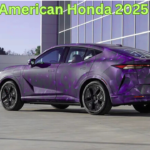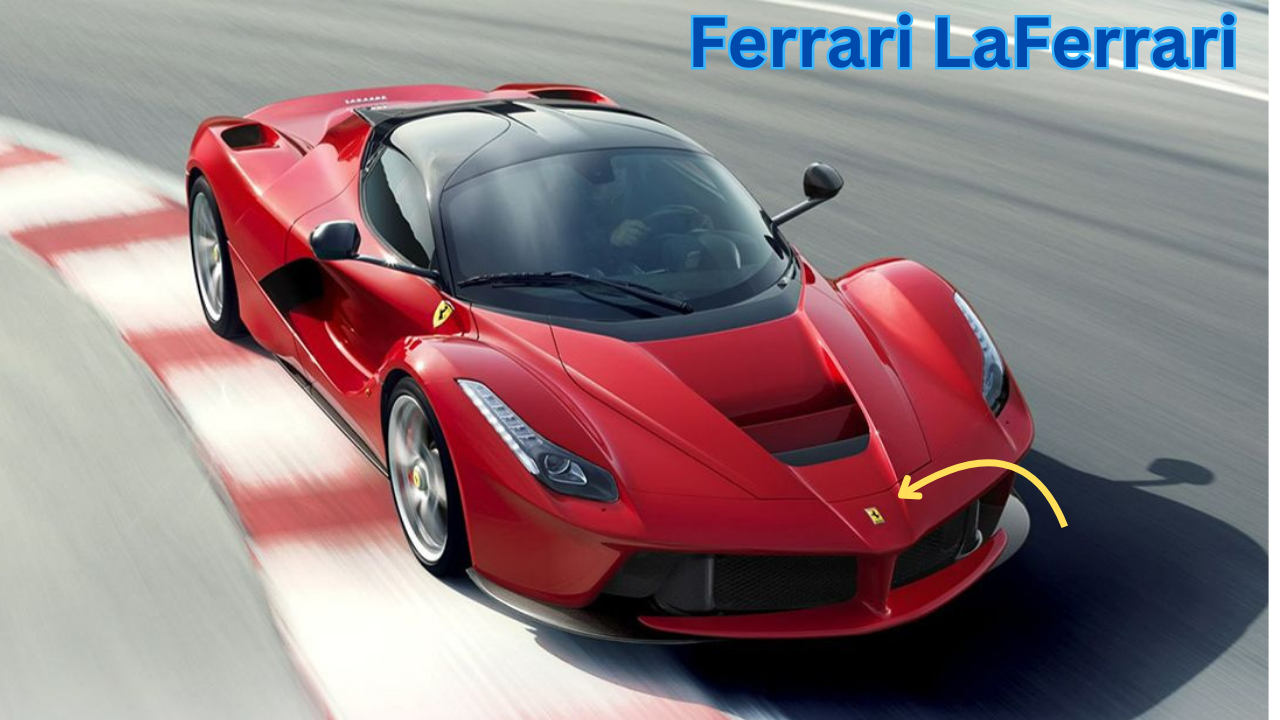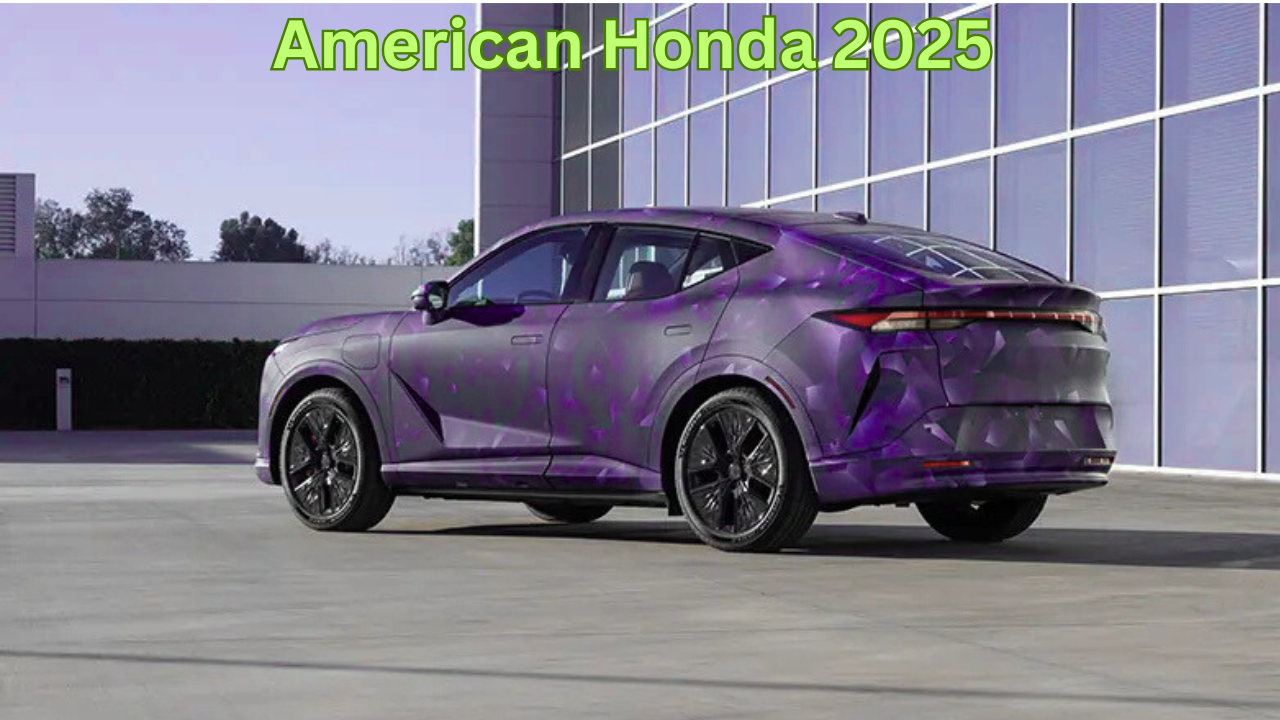Ferrari LaFerrari: Ferrari, the iconic Italian automaker, is set to take its legacy of engineering excellence to the next level with the highly anticipated LaFerrari successor, codenamed F250. Slated to debut later in 2024, the F250 could mark a monumental shift in the hypercar market by embracing carbon-neutral e-fuels and cutting-edge hybrid technology inspired by Formula 1 innovations.
Ferrari CEO Benedetto Vigna has been vocal about the company’s ambitious plans to merge sustainability with high performance. This hypercar will not only be a showcase of Ferrari’s engineering prowess but also a step toward a greener future for high-performance vehicles.
Specifications and Features of the Ferrari F250
| Aspect | Details |
|---|---|
| Code Name | F250 |
| Debut Year | Late 2024 |
| Powertrain | Hybrid system (exact configuration unknown) |
| Fuel Type | Carbon-neutral e-fuels |
| Engine Possibilities | Likely V6, V8, or V12 (final configuration TBD) |
| Sustainability Features | E-fuels compatibility, reduced carbon emissions |
| Performance | Expected to exceed the power of Ferrari SF90 Stradale |
| F1 Technology | Aerodynamics, lightweight materials, and sustainable fuel innovations |
| Long-Term Goals | Carbon neutrality and compliance with 2035 EU emission standards |
Hybrid Powertrain: Redefining Ferrari’s Performance DNA
The Ferrari F250 is expected to feature a hybrid powertrain that builds on the technology seen in the 296 GTB and SF90 Stradale. These models have already set benchmarks with their hybrid systems, combining internal combustion engines (ICE) with electric motors to deliver extraordinary performance and improved efficiency.
Also read: 2025 Skoda Superb Showcased
Power Output Expectations
While Ferrari has not disclosed the exact specifications of the F250’s engine, industry experts predict that its performance will surpass even the 986 horsepower of the SF90 Stradale. The hybrid system will likely be designed for optimal weight distribution and responsiveness, ensuring a seamless integration of power and agility.
Compatibility with E-Fuels
The F250’s ability to run on e-fuels could set it apart from competitors. E-fuels, made using renewable energy and carbon capture methods, offer near-zero emissions while maintaining the visceral experience of ICE vehicles. By embracing this technology, Ferrari aims to keep internal combustion engines relevant in the era of electrification.

Formula 1: A Lab for Ferrari’s Innovations
Ferrari’s Formula 1 program plays a pivotal role in shaping its road cars. The F250 will leverage advancements from Ferrari’s F1 operations, such as lightweight materials, advanced aerodynamics, and innovations in fuel efficiency.
E-Fuels in F1
From 2026, Formula 1 cars will be required to use sustainable fuels, a move that aligns with Ferrari’s long-term strategy. Ferrari is working with its partners to develop these carbon-neutral fuels, which could extend the lifespan of internal combustion engines beyond the EU’s 2035 ban on traditional ICE vehicles.
Aerodynamics and Lightweight Materials
The F250 is likely to incorporate aerodynamic features honed on F1 tracks, such as active spoilers and diffusers for enhanced downforce and stability. Additionally, Ferrari’s expertise in using carbon fiber and other lightweight materials will ensure the F250 delivers exceptional speed and handling.
Sustainability Meets Performance
Ferrari’s commitment to sustainability goes beyond e-fuels. The automaker is actively researching hydrogen powertrains, though CEO Benedetto Vigna has stated that hydrogen technology will not be ready for implementation before 2030. Nevertheless, Ferrari views hydrogen as a promising option for achieving carbon neutrality in the long term.
Benefits of E-Fuels
- Sustainability: Produced using renewable energy, e-fuels have a net-zero carbon footprint.
- Compatibility: E-fuels can be used in existing ICE technology, eliminating the need for entirely new engines.
- Performance: Unlike electric vehicles, e-fuels maintain the high-revving performance and sound that Ferrari enthusiasts love.
Potential Design and Features
Exterior Design
The F250’s exterior will likely be a blend of aggressive aerodynamics and elegant Ferrari styling. It is expected to feature:
- Active Aerodynamics: Adaptive spoilers and diffusers for optimized downforce.
- Signature Design Elements: A low-slung profile, sculpted lines, and distinctive headlights.
- Lightweight Construction: Extensive use of carbon fiber to reduce weight while maintaining rigidity.
Interior Design
The cabin of the F250 is expected to combine luxury and advanced technology, offering a driver-focused experience. Key highlights may include:
- Digital Instrumentation: Fully digital displays for performance and telemetry data.
- Premium Materials: Leather, Alcantara, and carbon fiber trims.
- Advanced Infotainment: State-of-the-art systems for connectivity and navigation.
Future-Proofing Ferrari: Beyond the F250
The F250 represents Ferraris vision for a sustainable yet thrilling automotive future. By adopting carbon-neutral fuels and advancing hybrid technology, Ferrari aims to maintain its reputation as the pinnacle of performance while addressing global environmental challenges.
In the coming years, Ferrari’s roadmap includes:
- Broader Adoption of E-Fuels: Across its lineup to comply with future regulations.
- Electrification: Development of fully electric vehicles alongside hybrids.
- Hydrogen Research: Continued exploration of hydrogen as a sustainable fuel source.
Ferrari LaFerrari: FAQs
- When will the Ferrari F250 debut?
The F250 is rumored to debut in late 2024. - What is special about the F250’s powertrain?
The F250 will feature a hybrid powertrain with compatibility for carbon-neutral e-fuels, delivering both high performance and sustainability. - How are e-fuels produced?
E-fuels are made using renewable energy to capture carbon dioxide from the atmosphere, which is then combined with hydrogen to create synthetic fuel. - Will Ferrari develop hydrogen-powered vehicles?
Ferrari is researching hydrogen technology but does not plan to implement it before 2030. - What role does Formula 1 play in Ferrari’s road cars?
Ferrari uses its Formula 1 program as a testing ground for advanced technologies, including aerodynamics, lightweight materials, and sustainable fuels.










